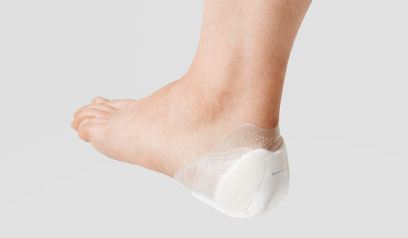)
Conforms to the wound bed
To minimise gap formation and reduce exudate pooling
![]() Full access to educational content, events and resources
Full access to educational content, events and resources
![]() Track your progress
Track your progress
![]() Share content with your colleagues
Share content with your colleagues
![]() Share supporting material with your patient
Share supporting material with your patient
 The Coloplast 3 Step Approach provides a strong framework to support clinicians managing wounds:
The Coloplast 3 Step Approach provides a strong framework to support clinicians managing wounds:
Support optimal wound preparation by cleansing and debriding with Alprep® Pad.
It’s clinically proven that cleansing and debridement speeds up wound healing1,2
Alprep® Pad is a sterile two-sided polyester-polyurethane foam pad for mechanical debridement.
The product is intended to cleanse and debride the wound by loosening, absorbing and removing non-viable tissue, skin scales including hyperkeratotic scales, slough and exudate from the wound bed, on the wound edge and periwound skin.
When it comes to foam dressings, it’s the finer details that really make the difference for clinicians and patients. That’s why Biatain® Silicone has an advanced five-layered design where every layer and detail is created to optimise product performance.
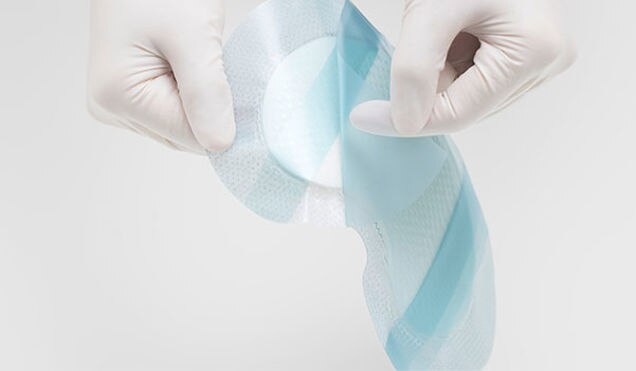
Biatain Silicone is indicated for a wide range of low-to highly exuding wounds. This includes acute wounds such as donor sites, post operative wounds and traumatic wounds; and chronice wounds such as leg ulcers, pressure ulcers and non-infected diabetic foot ulcers.
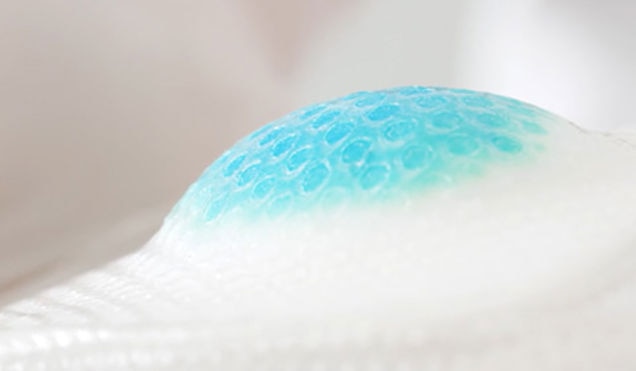
Each patient you meet is unique and wounds like patients are individual, so it makes sense to personalise care to more closely meet everybody's needs. Biatain Silicone conforms to the wound bed to prevent gaps and exudate pooling.
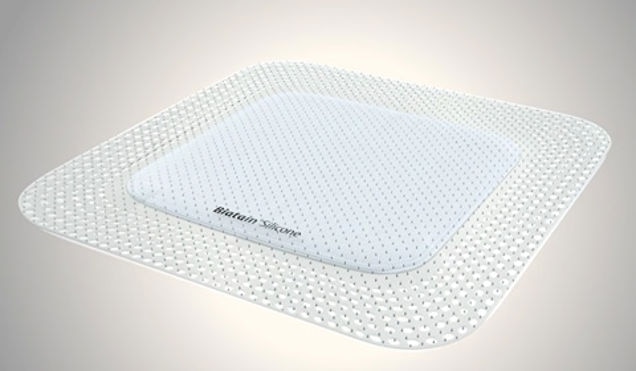
If excess exudate pools within the wound, it can leak on the wound edge and periwound skin, which can cause maceration of healthy tissue and lead to delayed wound healing for your patients. Learn more about the conformability of Biatain Silicone with 3DFit Technology.
)
To minimise gap formation and reduce exudate pooling
)
To protect surrounding skin and wound edges from maceration
)
To reduce the risk of infection and damage to the periwound skin
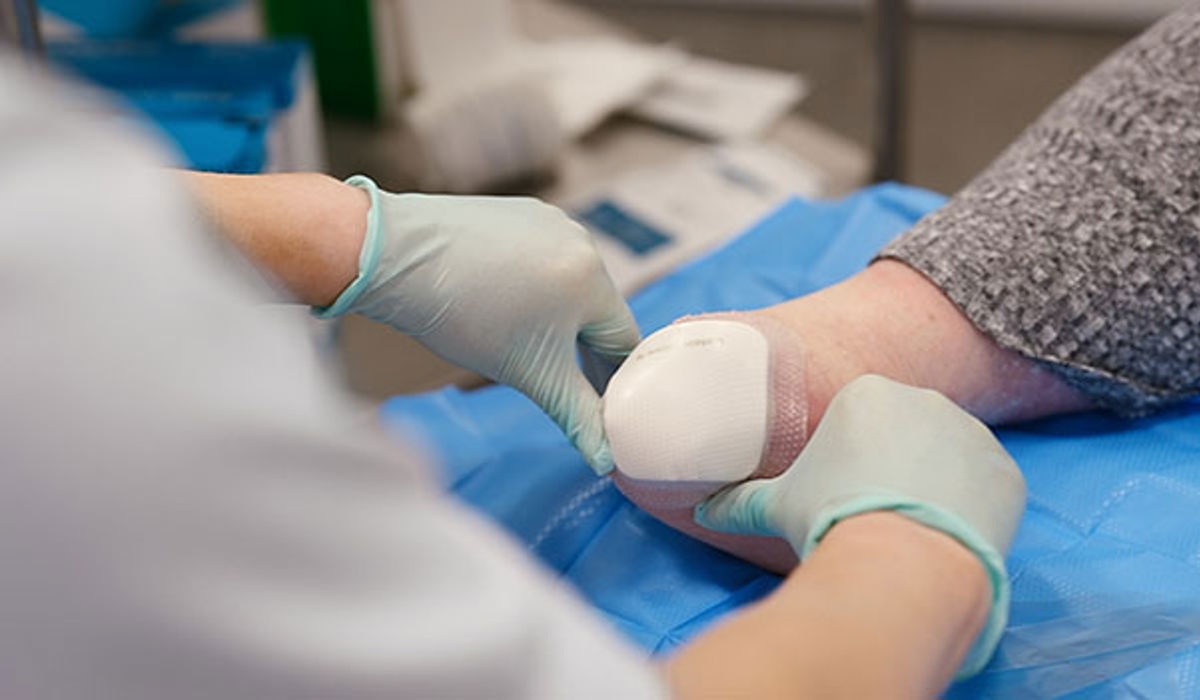
Biatain® Silicone Ag is a conforming dressing with 3DFit Technology that fills the gap and reduces exudate pooling to promote optimal healing conditions. Biatain Silicone Ag has been shown to kill 99.99% of mature biofilms (P. aeruginosa) and to prevent biofilm formation (shown in vitro).

Did you know, what is removed from the wound is often more important than what is applied to the wound in terms of dressing selection.

Wound preparation is clinically proven to speed up wound healing and should be a routine and regular practice at every dressing change.

As a general rule: If the wound is not covered in granulation tissue, debridement can be performed to help the wound heal.

Did you know that what is removed from the wound is often more important than what is applied to the wound in terms of dressing selection?
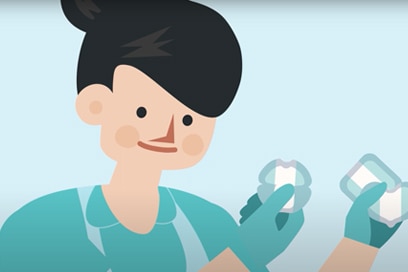
Learn key tips to consider when choosing a dressing. How you select the right silicone foam dressing. How you select the right gelling fiber dressing
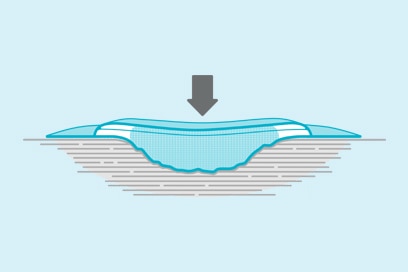
Learn how to prioritise the management of the gap and wound exudate, as well as how a wound bed conforming dressing can help you effectively treat patients.
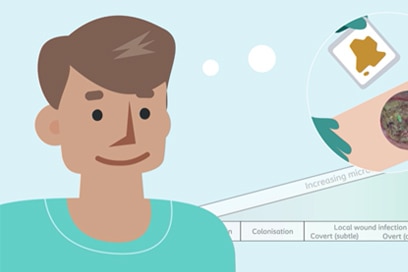
Did you know? All open wounds are contaminated or colonised with microorganisms; however, not all contaminated wounds become infected.
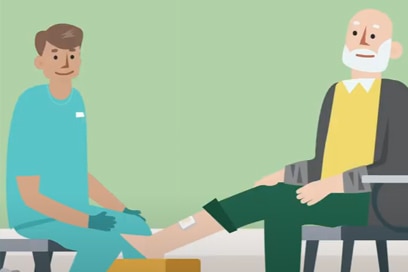
What are the best practices for preventing infection and biofilm development?